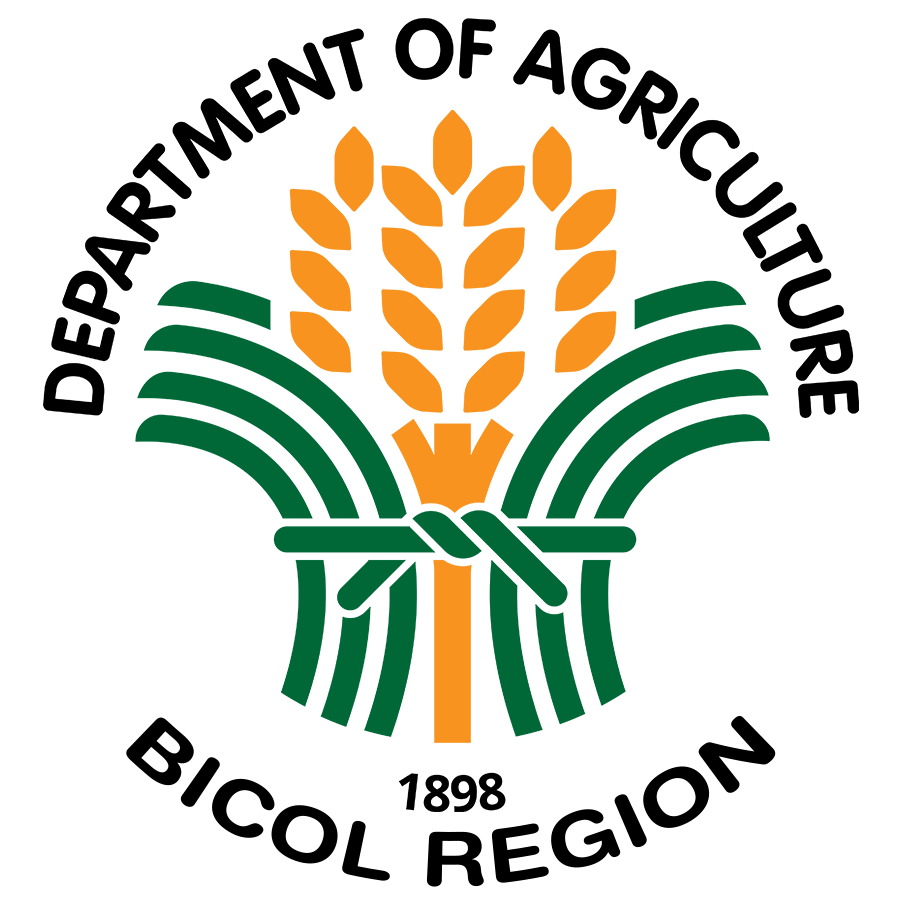SAN AGUSTIN, PILI, CAMARINES SUR – Touted as the sweetest pineapple in the Philippines, Formosa Queen pineapple production in Camarines Norte province is a thriving industry benefitting some 2,359 RSBSA listed pineapple growers. The RSBSA data of DA Bicol as of September 2023 showed that most of the pineapple growers are in Basud (755 farmers), San Lorenzo Ruiz (638), San Vicente (392) and Labo (286).
The harvest season for 2023 started in July and the pineapple growers benefitted from the current high farmgate price of P13.00 to P14.00 per piece for fresh fruits weighing 500 grams to 1,000 grams. The fresh fruits were bought by a number of traders from Camarines Norte and some from Metro Manila through a straight buying scheme or “all in” except for the batterballs which were not included in the scheme.
In Basud, Camarines Norte, this is not a problem as the Caayunan Multipurpose Cooperative buys batterball at P2.00 to P3.00 per piece as the coop processes these fruits into pineapple juice, jam and marmalades.
According to Harry James Felomino, Municipal Agriculturist of Basud, “out of 30,000 pineapple fruits harvested in one hectare, only 2,000 become batterball. There is also a shortage of batterball at this time in Basud as the demand of the Caayunan coop for batterballs is not being met.”
Based on the Planting and Production Report on High Value Crops Development Program submitted by Provincial Agriculturist Almirante Abad to DA Bicol Regional Executive Director Rodel P. Tornilla, the municipality of Basud has the biggest area harvested to pineapple in the month of July 2023 with 129.70 MT harvest from the 9.3 hectares. The record also shows that 39 hectares were planted in June 2023 in Basud and scheduled for harvest in September 2024.
Another municipality with pineapple plantations is Jose Panganiban with 29.73 MT produced from 3 hectares area planted. Talisay recorded 51 MT pineapple harvested from 3 hectares out of the 8.5 hectares total area planted.
Ideally, a soil analysis is recommended before planting to determine the lacking nutrients in an area. But only a few avail of the free soil testing at the Regional Soils Laboratory, based on the latter’s records.
The DA Bicol through the conduct of numerous researches on enhancing yield and productivity, has come up with a fertilizer recommendation to achieve optimum productivity of Formosa. One month after planting, each hill should be applied with 10 grams Ammonium phosphate (16-20-0), 5 grams Muriate of Potash (0-0-60). Three months after planting, apply 5 grams urea (46-0-0). Repeat application of urea five months after planting then repeat application of Muriate of Potash. Lastly, apply 5 grams of urea 7 months after planting. Cutting on the fertilizer requirement and frequency of application will result in smaller fruits or “batterball.”
This has been addressed by the DA Bicol through the conduct of different research to help farmers produce bigger fruits using a scientific approach and following the fertilizer recommendation. Aside from research and technical assistance to pineapple farmers, the DA Bicol has continued to pour various interventions to develop the pineapple industry in Camarines Norte. For CY 2023, the HVCDP provided 50,000 kilograms organic fertilizer to five (5) cluster associations; 200 plastic crates; 25 pallets; and one package of technology on pest and disease management. These cluster associations are in the towns of Basud, San Vicente, Talisay, San Lorenzo Ruiz and Labo.
“More projects are in the pipeline for next year such as the P5.96 M interventions for the pineapple clusters consisting of 2 units mini 4 wheel drive tractor (for Basud and San Vicente), 1 unit hauling truck (for San Vicente), 10 units grass cutter, 75 plastic crates, 100 liters foliar fertilizer, and 40 kg soil conditioner,” according to Dr. Mary Grace DP. Rodriguez, Regional HVCDP Coordinator of DA Bicol.
The Labo Progressive Multipurpose Cooperative (LPMPC) with 8,372 members considered the biggest farmers cooperative in Camarines Norte engaged in pineapple processing is a recipient of P19.9 M Pineapple Trading and Processing Project funded under the I-REAP component of the DA-Philippine Rural Development Project (PRDP) which was completed in 2021.
Included in the package are 3-unit juice-extracting machines which enabled the coop to process 1,860 pineapple fruits (batterball) per day and produce 10,490 pouches of pineapple juice per day. The coop’s monthly requirement is 37,200 pieces of batterball per month which is being bought at P4.50 per piece (if delivered to the coop).
The LPMPC has been processing pineapple juice drinks out of fresh Queen pineapple, specifically batterball which is usually not taken by the pineapple traders. The market of the LPMPC products carrying the brand “Queench” is the existing local market, backed up by a Provincial Ordinance to patronize local products in public & private schools, commercial establishments, LGUs, hotels and restaurants in Camarines Norte. Queench juice is also being sold in some coops in Camarines Sur.
Earlier this year the coop also closed a deal with the DepEd for its feeding program, thus, the coop has been able to buy more pineapples from the farmers.
But like any other business, the coop also suffered some setbacks two months ago when the pouch which is being imported from Korea stopped arriving. However, according to John Isuela, Operations Manager of the LPMPC, the pouches are already at the Bureau of Customs in Manila as of this writing. Isuela said that the coop would soon resume buying batterballs once the imported pouches arrived. (Lovella P. Guarin – RAFIS 5)
